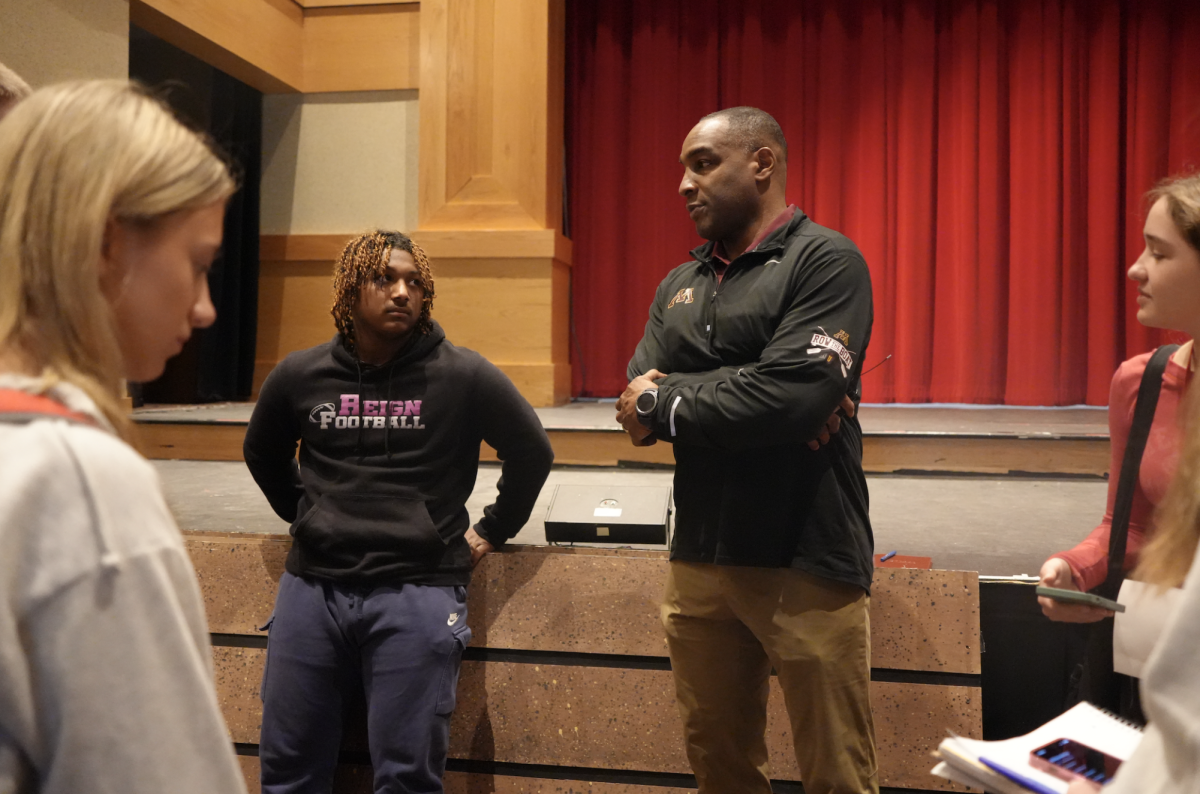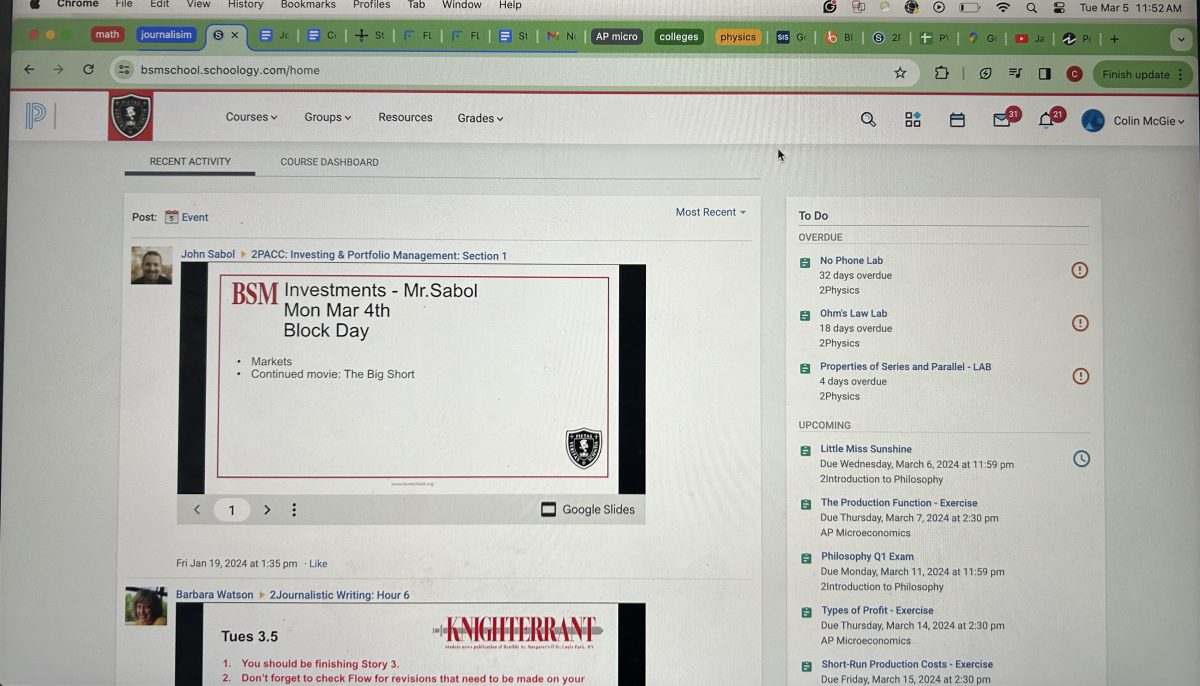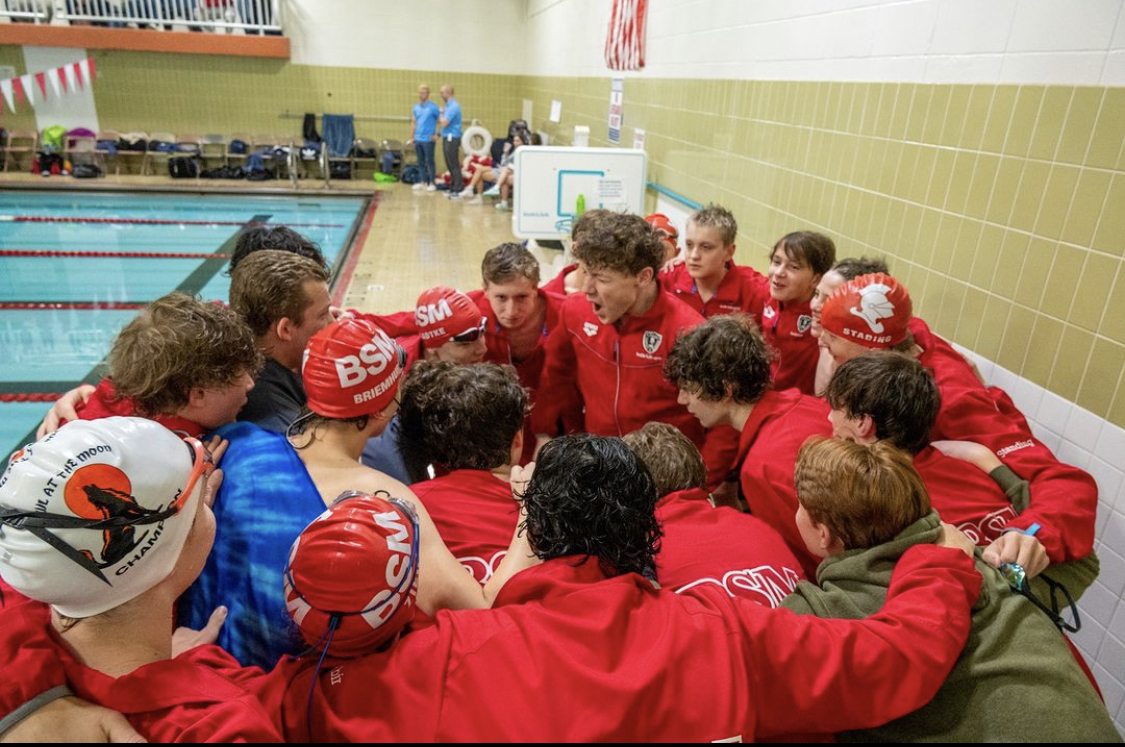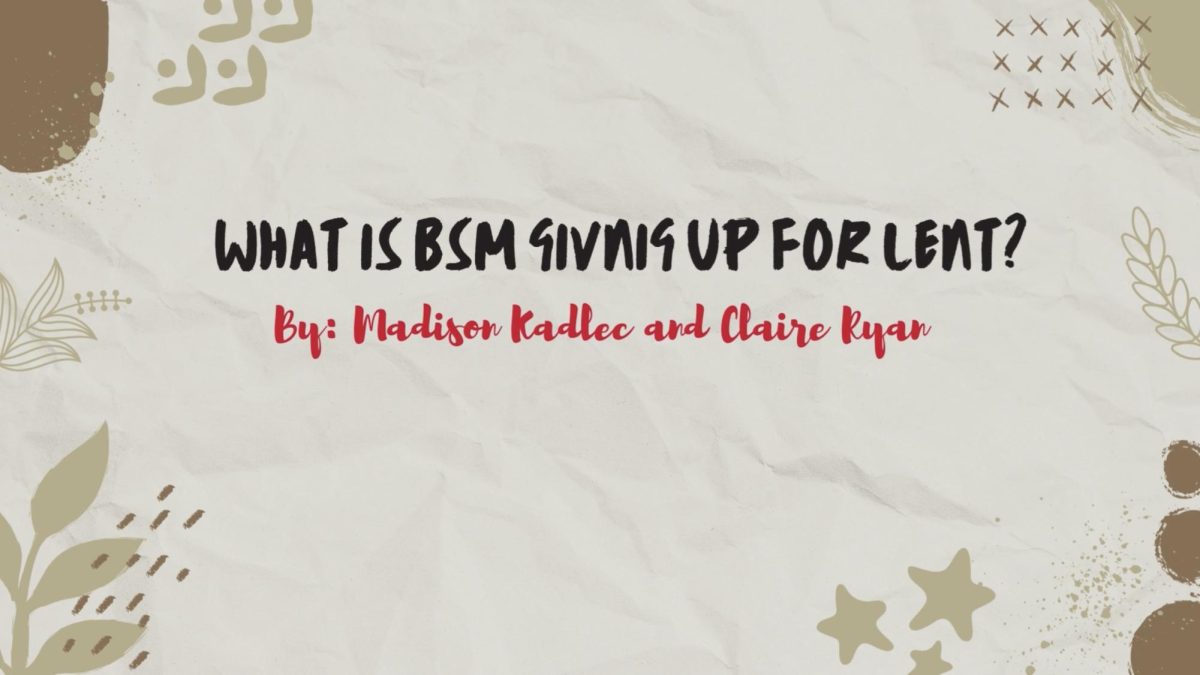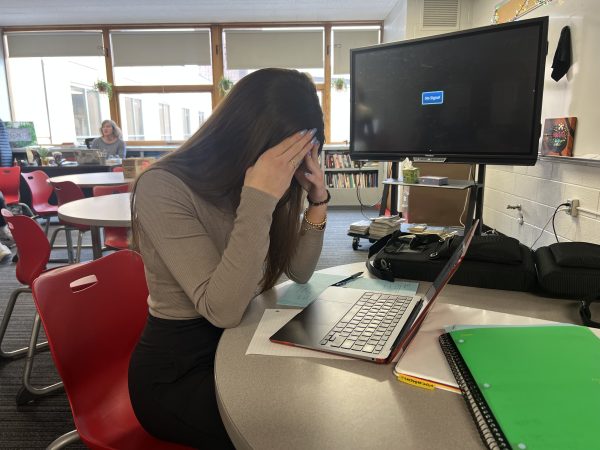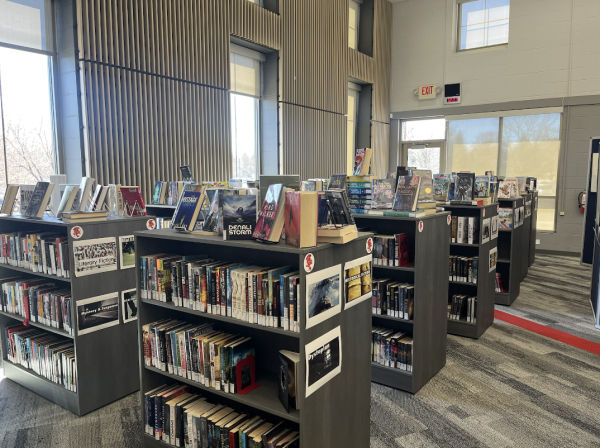The Problem With Basketball Section Realignment
Will Whitmore offers an alternative to the current section system.
In the mind of every high school basketball player, there is one common goal: experience the joy and pressure of playing in the State Tournament. But the hopes of that desire dwindle, for some teams, on their section placement.
The attempts by the Minnesota State High School League (MSHSL) of assigning teams to the section that most closely aligns with their geographical location and enrollment numbers have resulted in confusing and highly controversial arguments between coaches and players. As a result, the section system has single-handedly ruined the quality and integrity of the matchups in the State Tournament, and an immediate answer must arise to meet ongoing problem.
The section system has single-handedly ruined the quality and integrity of the matchups in the State Tournament.
— Will Whitmore
The first problem with the section organizing system includes the geographical pairings. Even though teams such as Osseo and Maple Grove neighbor each other, the MSHSL placed the Crimson and Orioles in different sections in 2015. This has much to do with the fact that the Orioles and Crimson are notoriously successful programs, since both are perennial state title contenders. Logically, the lone reason for not having these neighboring schools grouped into the same league is that the MSHSL attempted to create a more direct path to the State Tournament for both schools.
Another problem with the section organizing system includes problems that emerge from the “seeding meetings” that arrange the bracket of each individual section. At these meetings, each coach makes their own case for where their team should be seeded. Initially, this idea seems fair and just. But after analyzing this at a deeper level, many problems arise. Many of these teams come from different conferences in which the competition level varies widely.
Benilde-St. Margaret’s plays in the Metro West Conference. This conference which consists of mostly 4A schools with very successful teams such as Chaska, Bloomington Jefferson, Cooper, and St. Louis Park, created an insurmountable challenge for BSM, as we struggled for a great record. Even though in 2015, Benilde posted a 17-10 record with wins over Chaska and Bloomington Jefferson, the coaches decided to seed Delano ahead of Benilde, even though Delano played a much weaker schedule than Benilde did. Delano may have only had five losses, but one of their losses came to a weak Richfield team whom Benilde beat convincingly in both meetings.
Another issue with some of these section alignments is that in some cases there’s a large number of teams that are in same conference that play each other in the same section. For example, in section 6AAA four of the eight teams were a part of the Tri County East Conference: Waconia, Orono, Mound Westonka, and Delano. This raised a red flag. Half of the section being in one conference creates an opportunity for collusion. In 2015, after the pairings were announced, all four of these teams were seeded on the same side of the bracket. This was no accident. These four schools realized that each individual coach held one seeding vote for pairings, and all four understood that playing a team such as four-time consecutive state champion De La Salle was not in their best interest. Therefore, I believe those coaches seeded based not on talent but rather to ensure that one Tri County East team appeared in the section final.
I offer an alternative to the section system. Every basketball fan circles the month of March on their calendar boldly for one reason: the NCAA tournament. This 64-team tournament proves to be one of the most watched sporting events year after year. A big tournament could be a possible solution to the problems. A possibility could be having experts that cover high school basketball including Rivals.com writer Ryan James, The TC Hoops Czar, and the online network of PrepHoops.com form a selection committee that would organize a seeded bracket for each class. These seedings would result in fair matchups and fair opportunities for each team to punch their ticket in the State Tournament. It would also expose metro teams to teams from the outer cities, which would schedule cool and diverse matchups. I understand the difficulties of organizing a fair section and know the amount of time it takes to attempt to create fairness for all team, but this alternative should resolve all of the controversy surrounding this topic.


